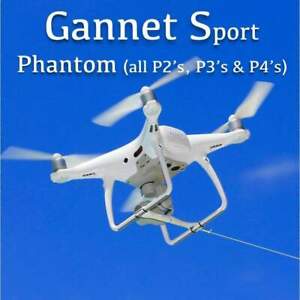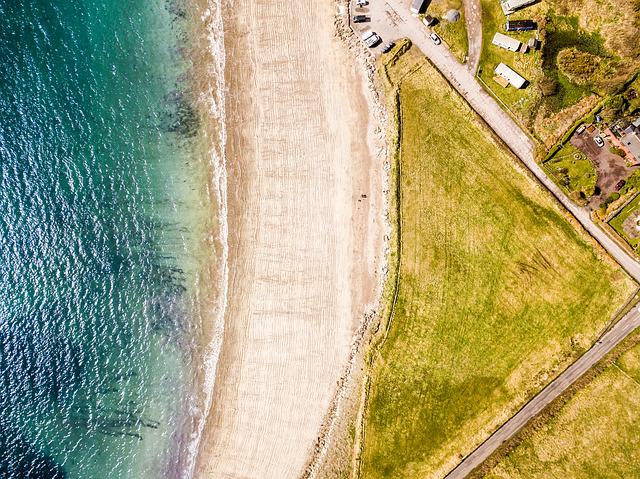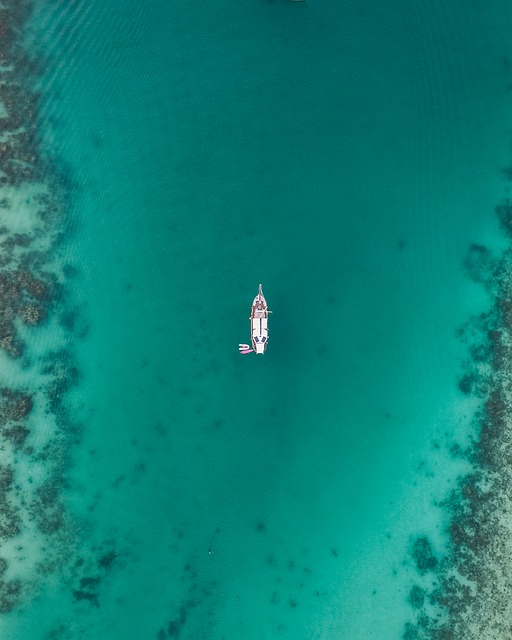
This article will cover the basics of a drone fishing device. We'll also cover what you need to be aware of when choosing your drone and how it will perform over time. We'll then discuss ways to get the best out of your drone. Keep reading to learn more. You will soon have the drone that you dream of! Let's start!...and maybe catch a few fish!
Basic drone fishing equipment
When you are ready to start drone fishing, the first thing you need is a good set of hooks. The fishing line should be doubled and should be mono or braid. To attach a Cat's Paw Loop or Uni Knot to the line, you should tie it. You will need a sinker that weighs between 2 and 8 ounces as well as hooks to attach to the second section. Finally, you will need to attach the lead loop of a snap swivel and end loop of your drone.
You can make a fishing drone in many different ways. Attaching a hook and spinning the drone until the line releases is a basic way. A dropper to keep your fishing line under the drone is another option. A dropper is a device that allows you to keep your main line above the drone and avoid it becoming tangled in the propellers. You can add accessories to your fishing drones, such as a dock and a battery pack.
Once you've purchased the basic drone fishing rig, you'll need to purchase some additional equipment. You will need a 700-meter fishing line and a bait dropper device. These are optional, but they will make drone fishing more fun. A drone will give you a clearer look of your surroundings so you can spot fish better.

Payload for drone fishing equipment
It is important to understand the safety precautions you must take if you intend to catch fish from a drone. Your drone should not be flown in strong winds or rain. Here are some suggestions:
First, ensure your drone has a strong carrying capacity. If you load it with heavy lures and braided line, it will not be stable. It may also blow off its course if you are fishing along the coast. You should also check the local laws and regulations as some might not allow drone fishing. You need to ensure that your drone is strong enough to carry you when you go fishing.
Next, decide what accessories you will mount on your drone. A good rule is to choose a rigging solution that has a central attach point in order to minimize weight distribution. The motor struts of the drone, landing gear, as well as the legs are the most appropriate attachment points. It is important to avoid attaching any payload to the camera and gimbal because these can damage them. One simple solution is to tie a length fishing line from one end to the other. Tape can be used to keep it from falling apart.
Battery life for drone fishing gear
Before you go fishing with the drone, check that the batteries are charged and all other equipment is working properly. This will keep your drone's battery charged and allow you to fish instead of worrying about charging it. You can charge some drones with solar panels or car batteries. Start out by having fully charged batteries. This will ensure your drone is ready to fly when you reach your fishing spot.

The drone's flight time is another important aspect to consider. While some models are faster than others, a drone that can fly for just twenty-two minutes will suffice. This is great if your goal is to spend hours on water with your drone. However, a drone that is not able to sustain long distances will render it inoperable. This will make it almost impossible to catch fish.
After you have setup your fishing rig, attach the fishing line clip to either the legs or the motor struts. Next, attach the bait line to the fishing line. Lock the reel when you are ready for the drone to fly. Once you release the line, tension will build and the drone will drop the bait in the water. You should charge the battery every time you use it, otherwise it might not function properly.
FAQ
Can I fly my drone within my local park
Yes, you can fly drones in parks throughout the world. Some countries prohibit the use of drones in parks. This is because of safety concerns. You can fly drones legally in these places.
Traveling with a Drone?
Drones are becoming more popular, both for personal and business purposes. They are used for photography, filming, aerial mapping, search & rescue, and other applications. A number of new regulations have been approved by the FAA for drones. These include registration, licensing, pilot training and insurance. These changes will ensure that drones continue to be safe for all.
Is drone regulation regulated by the FAA
The FAA supervises all aspects related to drone operations, including certification requirements and safety standards.
Are drones permissible at public events
As long as you comply with the rules, drones can be flown anywhere. If you intend to fly your drone at a public event, such as a parade or festival, you will need permission from the organizers.
Do I require special training to fly a drone
You don't require any special training to fly your drone. A remote control unit is all you need. You also need to have some basic knowledge of flight mechanics.
Is it illegal for a drone to be flown?
Yes, flying drones is illegal in some countries such as Australia, Canada, Germany, Japan, New Zealand, Singapore, South Korea, the United Kingdom, and the United States. It is legal in some other countries, such as France and Italy, the Netherlands, Poland, Russia or Switzerland, Turkey, Ukraine, and Vietnam.
What type of batteries should a drone be using?
The majority of drones run on lithium-ion batteries. A typical drone uses between 3 and 6 volts.
Statistics
- According to the multiple listing service (MLS), houses and apartments with drone photographs are up to 68 percent more likely to sell than those without pictures. (thedroneu.com)
- According to Indeed, a drone pilot gets paid $25.73 per hour on average in the US. (dronesgator.com)
- According to ZipRecruiter, the minimum hourly wage of drone pilots is $20. (thedroneu.com)
External Links
How To
How to Fly Drones with Beginners
A drone is an unmanned aerial vehicle that can be remotely controlled and used for surveillance, aerial photography, film production, research, and other hobby purposes. Drones are a technology that has been around since World War II. However, commercial use began in 2010 when DJI released their Phantom series of quadcopters. There have been many drones made since then. These range from beginner-friendly drones like Parrot AR Drone 2.0 to more advanced multi-rotor craft like DJI Mavic Pro.
There are several ways to fly a drone, including;
-
Remote control: This uses a remote control device that attaches to your hand and allows you control the drone along its flight path. There are two main types of controllers: On/Off switches (like a radio) and joysticks.
-
Manual Control- This allows you to control your drone remotely via GPS coordinates. You must keep track of the location where you want the drone to go and follow the instructions from the app.
-
Autonomous Flight: This means that the drone will take care of all the piloting. It allows the drone to fly independently without any human intervention. A drone must have a builtin camera and sensors capable to capture images and other data.
-
Triggered flight - This is similar to manual control except that the pilot sets up a preprogrammed route and the drone follows the route until it reaches its destination. Once the programmed route is completed, the drone lands automatically and returns back to the base.
-
Landing Gear – Some drones are equipped with landing gear, which allows them to safely land if they lose power during flight.
-
Goggles-Some pilots use goggles to protect their eyes from debris during operations.
-
Camera - Some drones are equipped with cameras allowing you to capture photos and videos from above.
-
Obstacles – Some drones have obstacle avoidance systems that stop them from colliding with obstacles.
-
Speed - Some drones reach speeds exceeding 40 mph.
-
Battery Life - Most drones are capable of lasting between 20 minutes and three hours, depending on the power that you use.
-
Range - Some drones can travel upto 30 miles depending on their models.
-
Power source - Some drones require an external power source; others work off internal batteries.
-
Weight - Some drones weigh less than 1 pound, whereas other models weigh up to 4 pounds.
-
Size - Drones can range in size from tiny devices that can fit in your palm to heavy crafts that weigh 50 pounds.
-
Price - Drones come in a variety of price categories, including high-end models which can run into the thousands and low-cost options that can start at $100.